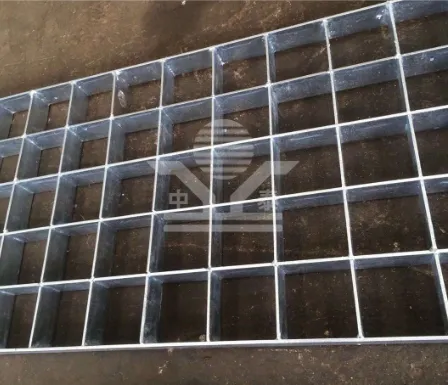Exploring the Temporary Arena Fencing A Comprehensive Overview
Temporary arena fencing is an essential component in the world of event management, particularly in sport-related functions, exhibitions, and outdoor festivals. These versatile fences serve various purposes, ensuring safety, security, and organization in temporary spaces. As events continue to grow in popularity and scale, understanding the significance of temporary arena fencing becomes critical for organizers and participants alike.
The Importance of Temporary Arena Fencing
Event organizers often face challenges related to crowd management and safety. Temporary arena fencing addresses these concerns by providing a structured environment. Whether it's a concert, a sporting event, or a trade show, effective fencing helps define boundaries, directing foot traffic and safeguarding both attendees and participants.
One of the primary benefits of temporary arena fencing is its modular nature. These fences can be easily configured to suit the specific needs of an event. For example, barriers can be arranged in different shapes and sizes, creating designated areas for VIPs, concession stands, or merchandise vendors. This adaptability allows organizers to optimize their space effectively while enhancing the overall attendee experience.
Types of Temporary Arena Fencing
Various types of temporary arena fencing are available in the market, each designed to meet different needs. Here are some common types
1. Chain Link Fencing This type of fencing is popular for its strength and visibility. It provides a secure barrier that allows event managers to control access points efficiently. Additionally, chain link fences are durable and can withstand the wear and tear of outdoor environments.
temporary arena fencing

2. Plastic Barriers Lightweight and easy to transport, plastic barriers are often used in events where portability and flexibility are crucial. These barriers can be filled with water or sand to increase stability and prevent tipping in windy conditions.
3. Panel Fencing This fencing style is ideal for creating a solid barrier. Often used in high-profile events, panel fencing provides an effective way to enhance security while offering a professional look.
4. Crowd Control Stanchions These are often seen in indoor settings where guiding queues is necessary. They are aesthetically pleasing and can be equipped with ropes or belts to maintain crowd order effectively.
Installation and Logistics
The installation of temporary arena fencing is often a collaborative effort that requires careful planning and logistics. Organizers must evaluate the venue layout and determine the best fencing configuration. The process typically involves measuring space, determining the number of barriers needed, and understanding local regulations regarding safety and security.
It’s also crucial to ensure the fencing is correctly installed and stable. Hiring professional teams for installation can significantly reduce the risks associated with improper setup. Proper installation ensures that the barriers can withstand movement from large crowds and adverse weather conditions.
Conclusion
In conclusion, temporary arena fencing plays a vital role in managing and enhancing the experience of various events. Its ability to provide safety, define spaces, and control crowds is essential for successful event execution. As the event industry continues to evolve, the importance of effective crowd management strategies, including the use of temporary fencing, will undoubtedly remain significant. Investing in quality temporary arena fencing not only protects attendees but also enhances the overall event experience – a win-win for organizers and participants alike.
-
Why Galvanized Trench Cover Steel Grating Resists Corrosion
NewsJul.10,2025
-
The Versatility and Strength of Stainless Expanded Metal Mesh
NewsJul.10,2025
-
Load Calculations in Steel Grating Platforms
NewsJul.10,2025
-
Keeping Pets and Kids Safe with Chicken Wire Deck Railing
NewsJul.10,2025
-
Hole Diameter and Pitch for Round Perforated Metal Sheets
NewsJul.10,2025
-
Aluminium Diamond Mesh in Modern Architecture
NewsJul.10,2025
Subscribe now!
Stay up to date with the latest on Fry Steeland industry news.

